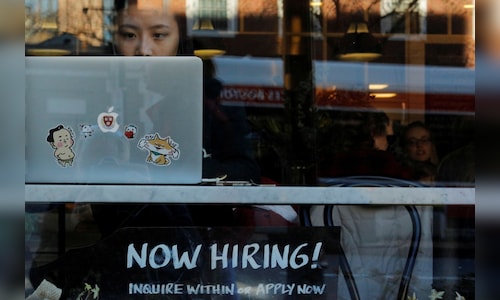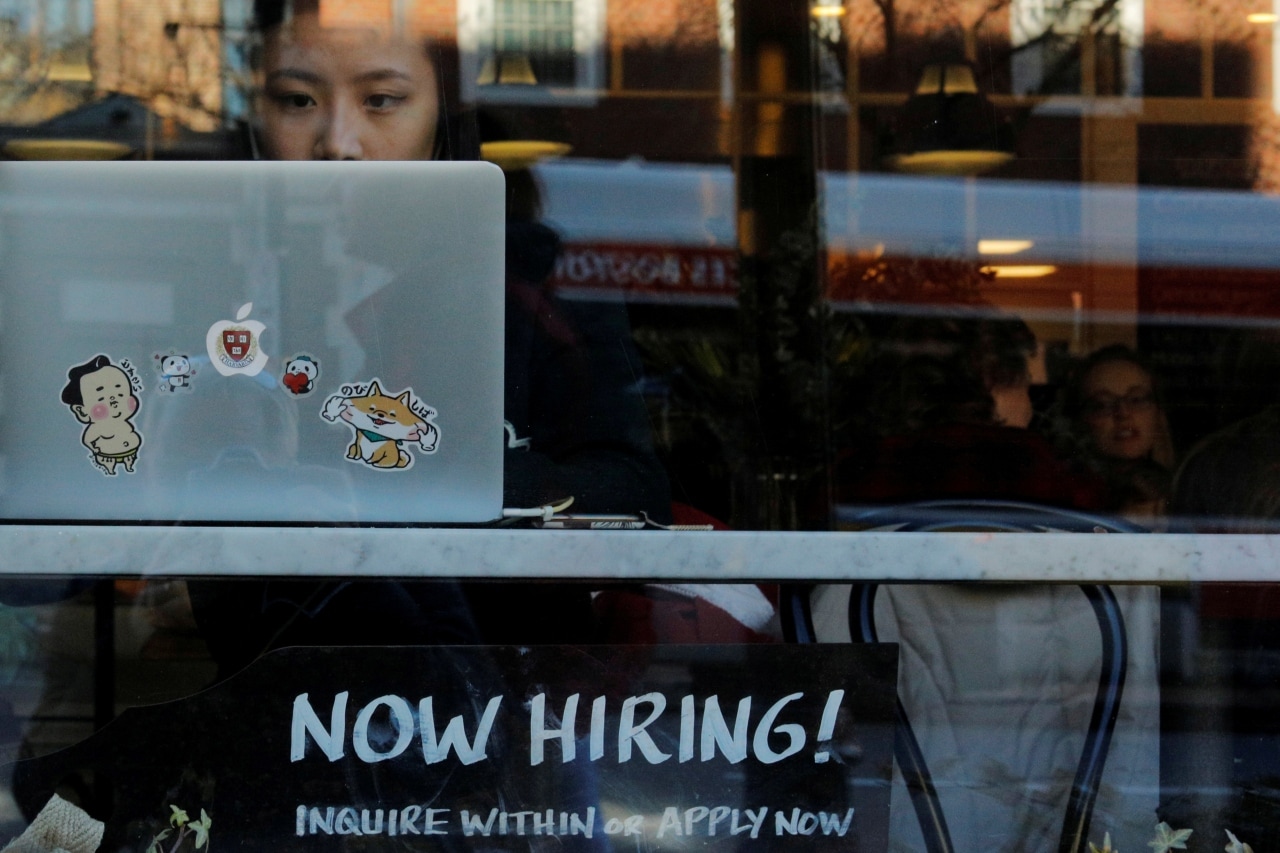

Friday’s report from the Labor Department provided the latest evidence that the US job market remains durable even though it has lost significant momentum from the 2021-2023 hiring boom when the economy was rebounding from the pandemic recession. The job market’s gradual slowdown is, in part, a result of the high interest rates the Federal Reserve engineered in its drive to tame inflation.
The Fed jacked up interest rates 11 times in 2022 and 2023. Defying predictions, the economy kept growing despite much higher borrowing rates for consumers and businesses. But since early this year, the job market has been slowing.
Americans as a whole have been enjoying unusual job security. This week, the government reported that layoffs fell to just 1.6 million in October, below the lowest levels in the two decades that preceded the pandemic. At the same time, the number of job openings rebounded from a 3 1/2-year low, a sign that businesses are still seeking workers even though hiring has cooled.
The overall economy has remained resilient. The much higher borrowing costs for consumers and businesses that resulted from the Fed’s rate hikes had been expected to tip the economy into a recession. Instead, the economy kept growing as households continued to spend and employers continued to hire.
The economy grew at a 2.8% annual pace from July through September on healthy spending by consumers. Annual economic growth has topped a decent 2% in eight of the past nine quarters.
Also Read: Bitcoin competes with gold, not the US dollar: Jerome Powell
And inflation has dropped from a 9.1% peak in June 2022 to 2.6% last month. Even so, Americans were deeply frustrated by still-high prices under the Biden-Harris administration, and partly for that reason chose last month to return Donald Trump to the White House.
While comparatively few Americans are losing jobs, those who do are finding it harder to land a new one: The average unemployed American in October had been out of work for 22.9 weeks, the longest such stretch in 2 1/2 years.
The progress against inflation and the slowdown in hiring, which eases pressure on companies to raise wages and prices, led the Fed to cut its key rate in September and again last month. Another rate cut is expected to be announced when the Fed meets December 17-18.
Also Read: BofA sees Nifty at 26,500 by end-2025, expects a lag to US equities in Dollar terms
First Published: Dec 6, 2024 7:18 PM IST



